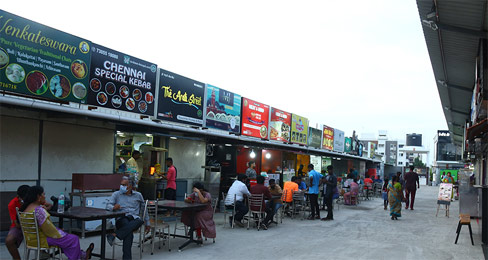Free Courses Sale ends Soon, Get It Now


Free Courses Sale ends Soon, Get It Now



Copyright infringement not intended
Context: The Union Minister of Health and Family Welfare reviewed the 'Food Street Project,' which strives to build 100 healthy and hygienic food streets across the country to encourage safe and healthy food practices, minimise foodborne diseases, and enhance overall health outcomes.
Details
Food Street Project
Significance
Working Model
Street food
About
Suggestions to Ensure Hygienic Standards of Street Food
Use of a scoring system
Conduct quality tests on samples of food
Promote and enforce good hygiene practices
Establish and enforce regulations and standards
Involve and empower the stakeholders
Conclusion
Must Read Articles:
Food Safety and Standards Authority of India (FSSAI): https://www.iasgyan.in/daily-current-affairs/food-safety-and-standards-authority-of-india-fssai
|
PRACTICE QUESTION Q. Street food is a popular and convenient way of eating for many people around the world. However, it also poses some health risks due to the lack of proper hygiene and sanitation practices among some vendors. How can we assess the significance of hygienic standards on the quality and safety of street food? How can we promote and enforce good hygiene practices in the street food sector? |
© 2024 iasgyan. All right reserved